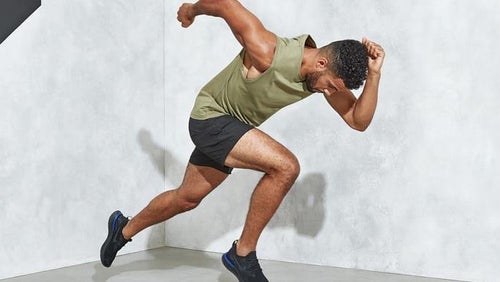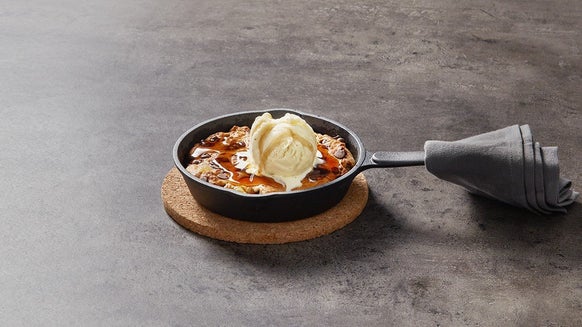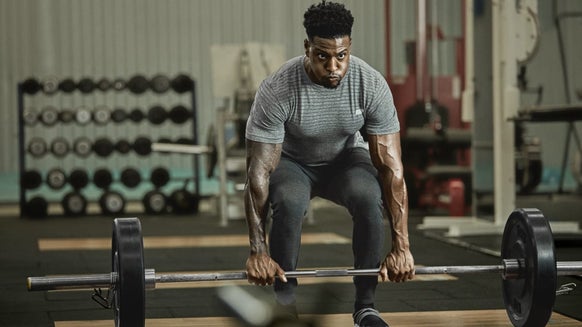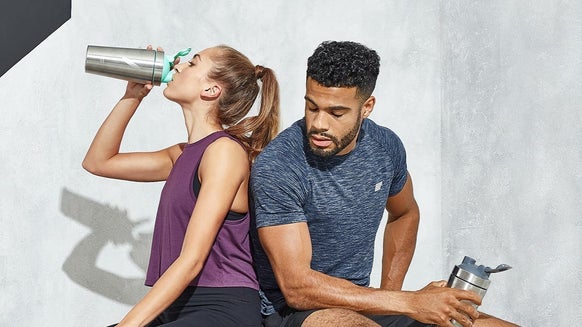Build Your Traps With Barbell Shrugs
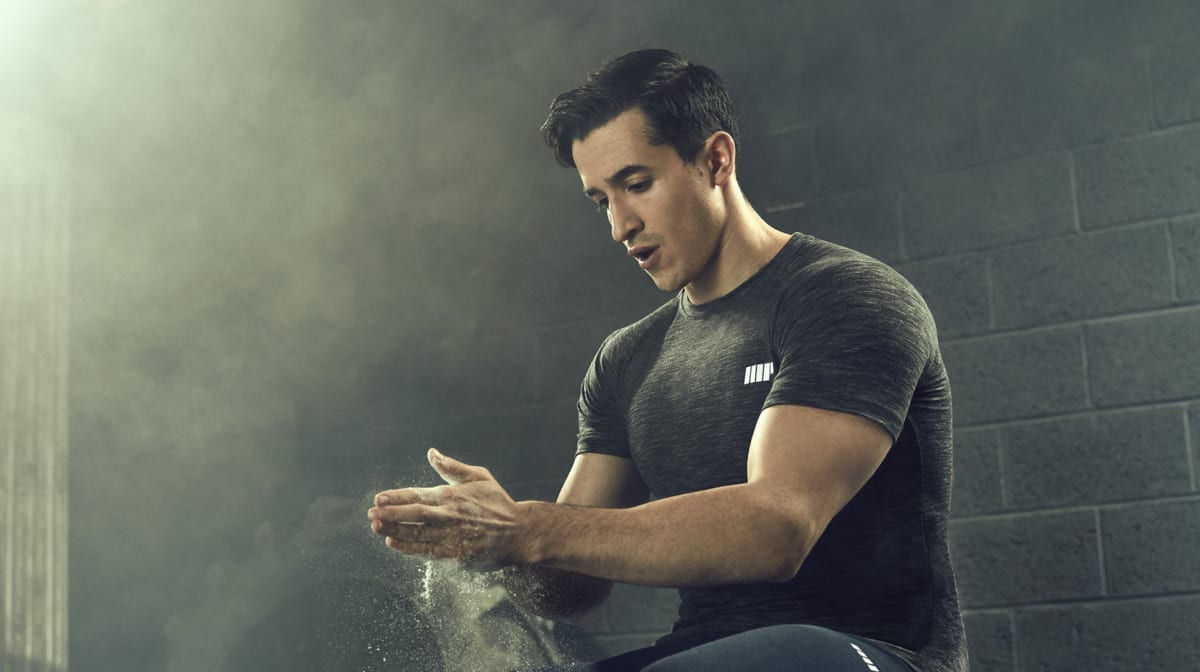
You want huge traps? Do you know the best way to get them? Have you tried barbell shrugs?
A wise man once said that the traps make the man. But in today's world, it seems that any formidable way of training the traps break the man. Gurus say that barbell shrugs neglect the lower traps and contribute to poor posture, namely hunched and internally rotated shoulders - but rumour has it, it isn't true. Discover here...
How do barbell shrugs help to build traps?
Your traps are located at the uppermost part of your back. Not to be confused with your delts, by giving these often overlooked muscles the attention they need you can you can achieve well-rounded shoulders and a defined upper back, which plays a supporting role in many other lifts.
If there was only one exercise identified with building bigger, stronger traps it is shoulder shrugs that will build long-term strength and an instant pump.
Your upper traps are developed by elevating your shoulders with shrugs and upright rows. The middle part can be worked by pulling together your shoulder blades – think reverse fly and cable work. The lower part of your traps are developed by drawing your shoulder blades downward. Your upper and lower trapezius fibres are also used during overhead press exercises, which in turn assist the middle fibres.
Barbell shrugs, as with many standing lifts, use gravity to create mechanical tension against your traps. Your muscle fibres then contract against the resistance.

How to do barbell shrugs
The barbell shrug appears simple enough – as simple as shrugging, in fact – and yet so many people do not perform them correctly. Shrugging correctly isn’t just about being a perfectionist, it is all the difference between real gains and pulling muscles.
To begin, stand up straight holding the barbell with your palms facing down. Your feet should be shoulder width apart with your feet flat on the ground (no straining on your tiptoes to assist the lift).
Try to put the image of the usual indifferent shrug out of your mind, as this is a jerking, quick movement when this lift ought to be slow and intentional. Raise your shoulders as you breathe out and hold the lift at the top, counting ‘one Mississippi’ so that the movement is not rushed.
It’s important that your arms and legs don’t factor into the lift. It can be tempting to try and make up more difficult reps by hoisting the bar with your hips, putting your lower back into it, or by bending your arms so that it’s actually your biceps doing the lifting. Breathe in as you slowly move the bar back to the starting position.
The common sight around many gyms is someone stacking on serious weight, only to not complete full reps. Barbell shrugs need to be a full range of movement, not partial as this puts you at higher risk of injury. It is the resistance that counts, not the ability to get the bar from start to finish, so a good tip is to count evenly as you raise and lower the bar. This provides your own metronome so that you are not tempted to cheat.
A major error is shrugging straight up. This works your “levator scapulae” rather than your traps. The answer is to shrug up and backwards so that there is a horizontal element to your lift.
Variations on barbell shrugs
Behind the back barbell shrugs
A popular variation is the behind the back barbell shrug, which does pretty much what it says on the tin. With your palms facing back, grip the bar behind your back with your hands a bit wider than shoulder-width apart.
Power barbell shrugs
The difference with power barbell shrugs is the assistance from your calf muscles and the lower back drive to create momentum to get the bar up. From here, immediately shrug and hold the lift at the top. Aim for few reps and a heavier weight in the 5-8 reps range. The advantage of power barbell shrugs is the added core and calf workout that you will get.

Wide grip barbell shrugs
The wide grip variation can also be done using the smith machine. There is much debate about whether the width of your grip makes a difference. With a closer grip, you isolate the inner muscle fibres, while a wide grip activates the muscle fibres.
Dumbbell and kettlebell shrugs
Many people prefer to leave the barbell out of the exercise entirely. You may actually see people shrugging with dumbbells, kettlebells or a weight plate in each hand instead of a barbell. The advantage of this is the freedom of movement the one-handed equipment allows.
Holding a bar creates the obvious obstacle of, well, yourself: each lift brings the bar up towards your belly. With a dumbbell or weight plate, you are able to pull the movement back meaning you can better contract your traps. The downside is that you may not manage quite the same amount of weight, but it does afford you symmetry and the knowledge that both sides are putting in equal work rather than favouring your stronger side.
Take home message
Barbell shrugs are your number one exercise for building and strengthening your traps. The trick is in technique in place of an A to B mentality, so focus first on your range of movement and look at the volume you can lift second. As you advance you have the option to experiment with the width of your grip and variations including dumbbell shrugs, which allow a greater range of movement.

Alice Pearson is a UKVRN Registered Associate Nutritionist and UK Anti‐Doping accredited advisor, having obtained a Bachelor’s of Science in Nutrition and a Master’s of Science in Sport Nutrition. She has a specialist interest in the use of sports supplements for improving health, fitness, and sport performance. Alice has experience working with both amateur and elite athletes, including providing nutritional support to Tranmere Rovers FC and Newcastle Falcons Rugby Club. Her nutritional guidance is always supported by evidence‐based research, which she keeps up to date through continuing professional development and independent learning. In her spare time, Alice loves travelling, hitting the gym, and getting stuck into a good book. Find out more about Alice's story here.

